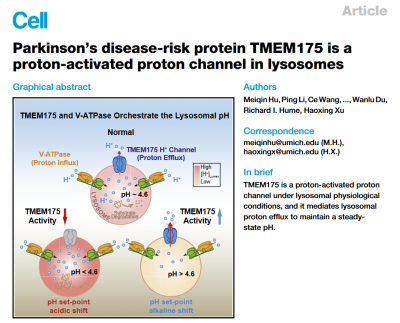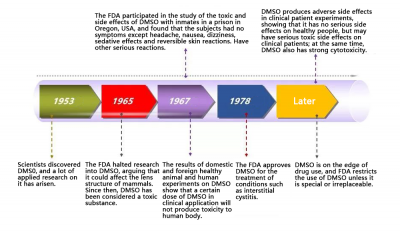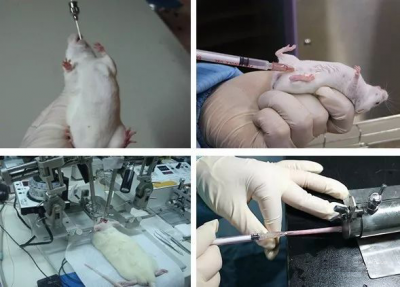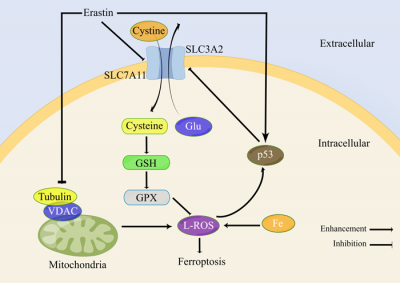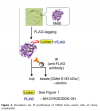Cell: Uncovering new mechanisms of Parkinson's disease risk
This study shows that TMEM175 is a genetic risk factor for Parkinson's disease (PD), and proves that TMEM175 is a hydrogen ion channel on the lysosomal membrane and plays an important role in regulating lysosomal acid-base balance. Enzyme hyperacidification, impaired proteolytic activity, and promotion of α-synuclein aggregation in vivo are closely related to the pathogenesis of Parkinson's disease.
Misunderstanding of "universal solvent" DMSO, have you been caught?
In the previous issues, we introduced various formulations and strategies for drug dissolution. Among them, DMSO, which is not recommended, also has a place as a co-solvent, but it is quite controversial. The use of this solvent, which is restricted by the FDA, is widely spread and is highly toxic. How toxic is it, and how do we use it in our experiments? Today we will reveal to you the correct use of "universal solvent" DMSO in cell and animal experiments.
How to choose the correct way of dosing in mice? Gavage VS Intraperitoneal VS Intravenous?
There are various modes of administration in animal experimental studies, such as oral, intraperitoneal, intravenous, intracerebral injection, etc. However, we often choose a certain drug delivery method commonly used in the laboratory without knowing the reason. For example, our laboratory often chooses intraperitoneal injection, but do not know why. In fact, there is a lot of knowledge included! In this case, from the perspective of pharmacology and pharmacokinetics, we will popularize the principles of choosing the mode of administration.
The role of Erastin in ferroptosis
Ferroptosis is a newly discovered form of cell death in recent years, and its essence is the peroxidative death caused by the accumulation of lipid reactive oxygen species (L-ROS) in cells, which is iron ion-dependent. Erastin, as a potent inducer of ferroptosis, can mediate ferroptosis through multiple molecules such as cystine-glutamate transport receptors, voltage-dependent anion channels, and p53. More importantly, Erastin can enhance the sensitivity of cancer cells to chemotherapy and radiotherapy, so it can be used as a new type of anticancer drug. This article reviews the discovery of Erastin, the ferroptosis pathway, the action pathway of Erastin and its anti-tumor characteristics, as well as the latest research progress at home and abroad.
4 アイテム




